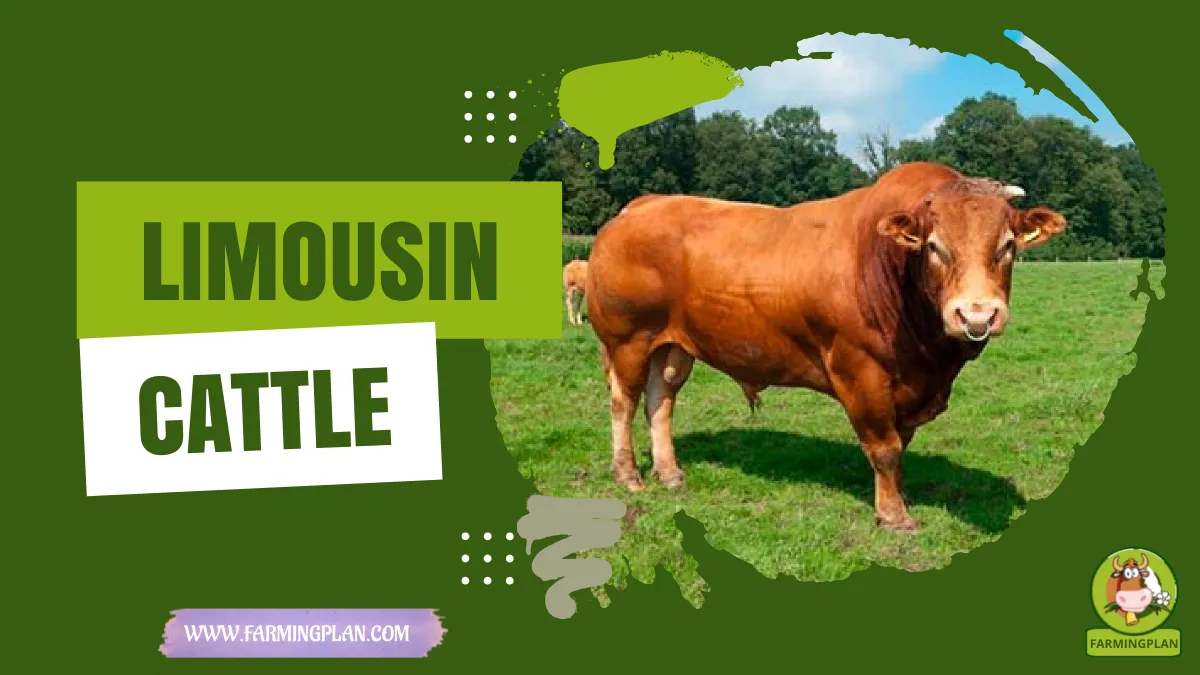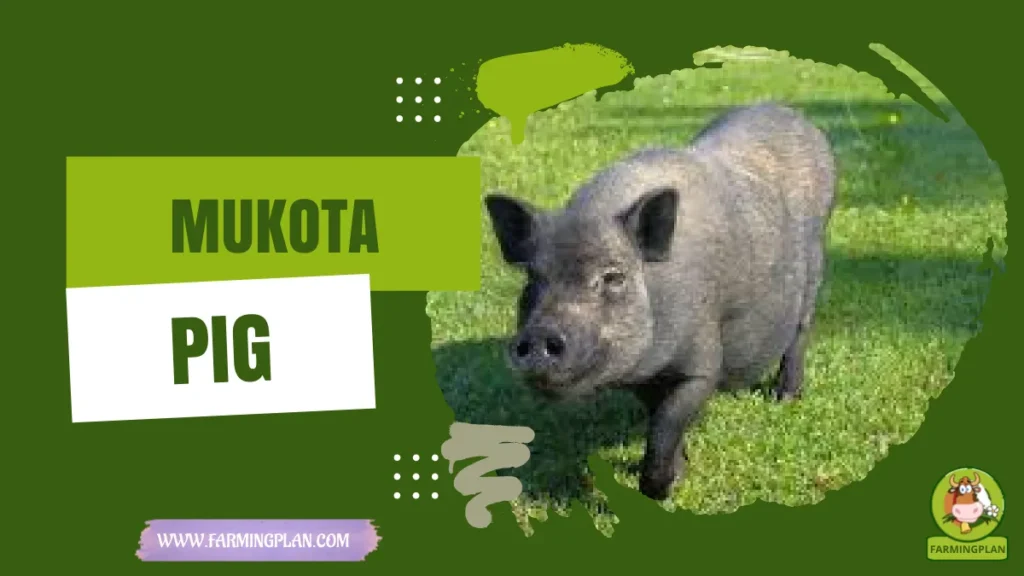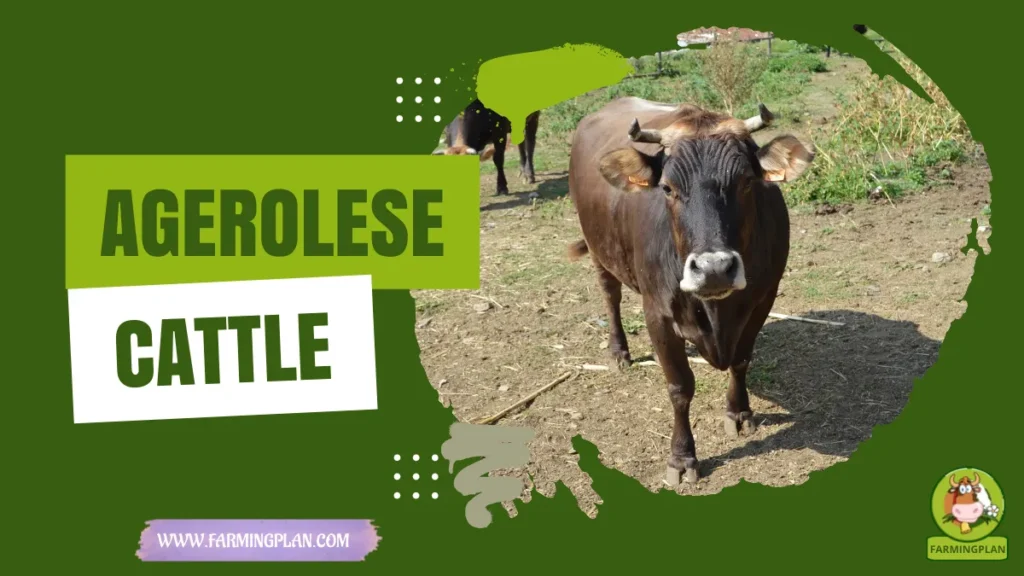If you’re looking for a hardy, high-yielding, and downright beautiful beef breed, let me introduce you to Limousin cattle. These golden-coated powerhouses are prized for their outstanding feed efficiency, incredible muscle growth, and docile nature—making them a favorite among farmers like me. Whether you’re raising cattle for meat, breeding, or showing at events like the National Junior Limousin Show, these animals deliver on every front. Whether you’re a seasoned cattle rancher or a curious beginner, this article will help you decide if the Limousin breed belongs in your herd. Trust me, once you get to know them, you’ll wonder why you didn’t start sooner.

History & Origin of Limousin Cattle
The Limousin breed has a rich history that spans over 20,000 years, originating from the rugged, hilly Limousin region of south-central France. These cattle were the backbone of agriculture, serving as draught animals known for their power, endurance, and toughness. They were the muscle behind plows and carts across the European countryside, making them an integral part of our agricultural heritage. Their resilience made them ideal for small farms that relied on hardworking oxen.
Things took a major turn in the late 19th century with the official creation of the Limousin Herd Book in France. From there, the breed was refined to focus more on meat quality while keeping that hardiness intact. Limousins entered the U.S. in the 1960s, and by the 1970s, they gained massive popularity thanks to their incredible feed conversion efficiency and lean, saleable meat.
Today, organizations like the North American Limousin Foundation help preserve the breed’s genetics and promote them worldwide. Limousin cattle’s adaptability is evident in their presence not only in their native France but also in countries like Canada, Australia, and parts of Africa. This global reach is a testament to their resilience and the success of global genetic improvement programs, providing farmers with the confidence that they’ve made a sound investment.
Read More: Bourbonnais Grey Rabbit A Rare French Treasure for Rabbit Lovers
Characteristics
Limousin cattle are unmistakable. They have a strong, muscular build with a deep chest and a broad back. Their striking golden-red or black coats catch your eye instantly, and their short, fine hair gives them a sleek appearance. Limousin bulls, in particular, are known for their wide backs, thick hindquarters, and powerful legs.
Even Limousin heifers are remarkably well-built for their age. One thing I love most? Their feed efficiency. These animals can convert low inputs into premium beef like champs. Their weight varies based on sex and environment—mature bulls can weigh between 2,200–2,600 pounds, while cows range from 1,300–1,500 pounds.
That’s a lot of beef without the excessive fat you often find in other breeds. Limousins also boast fine bones, strong frames, and a low birth weight, which makes calving smoother. Their coat color can vary slightly, especially with crossbreeding, but you’ll often see solid red, golden wheat, or deep black.
Nature & Temperament
When folks ask me about Limousin cattle behavior, I always say they’re smart, calm, and curious. These cattle have a generally docile temperament, especially if they’re handled from a young age. Sure, bulls can get territorial, but that’s true with any breed. In my experience, Limousin cows are attentive mothers. They take excellent care of their calves, and their maternal genetics shine in any crossbreeding program.
That alone makes them a go-to choice for farmers who want to boost both meat and milk traits in their herd. Still, like with any breed, environment, and handling matter. A well-managed Limousin herd will be easier to work with than one that’s left to roam wild. Regular interaction, halter training (especially if you plan to show them), and consistency go a long way.
Food & Diet of Limousin Cattle
Feeding Limousin cattle isn’t rocket science, but you do need to be intentional. These animals thrive on a balanced diet of forages, grains, and clean water. Because of their incredible feed conversion rates, you can expect higher returns with less feed. Start with good-quality hay or pasture. Add grain or protein supplements based on age and purpose (breeding, showing, or meat).
Young Limousin calves need extra attention—especially in their first 90 days—to support rapid growth and muscle development. Avoid moldy or dusty feed, and make sure mineral supplements are always available. Pay attention to seasonal needs too. In winter, up the energy intake. During hot spells, prioritize hydration. I also swear by salt blocks—it helps maintain health and improves feed intake.
Pro Tip: Always feed at consistent times and monitor weight gain closely. Overfeeding isn’t as common with Limousins, but managing their diet ensures better carcass quality.
Usage & Purpose
Limousin cattle are rockstars in the beef industry. Their claim to fame? Producing a high percentage of saleable meat with minimal fat and waste. The muscle-to-bone ratio is excellent, and their meat is known for being lean yet tender. Limousin cattle are also popular in crossbreeding programs. When bred with other cattle like Angus or Herefords, Limousins contribute muscle definition, feed efficiency, and hybrid vigor.
This means that when you crossbreed Limousins with other breeds, you can expect calves with improved growth rates, better feed conversion, and increased carcass value. Farmers and breeders use them to enhance the productivity and profitability of their mixed herds.
Besides meat, Limousins are gaining popularity in cattle shows thanks to their strong appearance and calm temperament. You’ll spot them at events like the National Junior Limousin Show & Congress and the National Western Stock Show. While they’re not typically raised as pets, some hobby farmers enjoy having a Limousin or two around for their beauty and ease of care.
“Raise Limousins For Muscle, Money, And Marvel—Few Cattle Deliver So Much With So Little Feed!”
Special Features
What truly sets Limousin cattle apart? Let’s dive into a few of their best features:
- Feed Efficiency: These cattle make every bite count. They require less feed per pound of gain.
- Muscle Mass: Limousins are all about that muscle—especially the loin and hindquarters.
- Low Birth Weights: Less calving trouble and fewer complications.
- High Dressing Percentages: Around 62–65%, which is excellent in the beef world.
- Docile Nature: Calm cattle are easier to manage, breed, and show.
- Adaptability: Whether it’s hot and humid or cold and dry, they adjust easily.
- Genetic Versatility: With robust genetic prediction tools, breeders can fine-tune for growth, tenderness, or feed conversion.
Health Issues & Prevention of Limousin Cattle
Limousin cattle are generally healthy and resilient, but like any breed, they need proper care to avoid common illnesses. Bovine respiratory disease, foot rot, and internal parasites can pose risks, especially in damp or crowded conditions. I recommend vaccinations starting when you are young, with boosters based on your vet’s advice. Fly control and good barn hygiene go a long way.
Limousin bulls and cows also benefit from regular hoof trimming, deworming, and mineral supplementation. One unique consideration is polled vs. horned genetics. Many modern Limousins are polled (naturally hornless), which reduces injury risk within the herd. Watch for signs like nasal discharge, coughing, limping, or sudden weight loss. Early intervention saves lives. And don’t skip on annual vet checkups—it’s money well spent.
Read More: Plecostomus Fish: Nature’s Ultimate Tank Cleaner
Step-by-Step Farming Guide
Raising Limousin cattle can be incredibly rewarding—if you do it right from the start. I’ve laid out a clear, step-by-step guide to help you start your own Limousin herd the right way.
Step 1: Plan Your Farm Setup
You’ll need proper fencing, shelters, and a reliable water source. Limousins are strong, so invest in durable fencing. A windbreak or barn is essential for extreme weather. Clear 2–3 acres per cow for grazing. Add feeders and troughs for hay, grain, and water. Design your layout to allow the safe movement of cattle—especially for breeding and calving.
Step 2: Buy Quality Limousin Stock
Start small. Pick registered Limousin cattle from reputable breeders or farms like Locust Lane Limousins. Ask for herd health records, pedigree, and performance data. Choose a healthy bull or steer and a couple of heifers. Observe them before buying—look for alert eyes, clean nostrils, and active movement.
Step 3: Feed for Growth & Muscle
Provide free-choice hay and adjust grain based on age. Use commercial feed blends for weanlings and finishing rations for market-ready animals. Always offer clean water. Track weight monthly. You want steady, not excessive, gain. Supplement with minerals, and consider pasture rotation to avoid overgrazing.
Step 4: Monitor Health & Breeding
Vaccinate calves early. Deworm quarterly. Check for injuries or illness daily. Breed cows after 15 months for best results. Keep detailed genetic evaluations and performance records. You can improve your herd each year with selective breeding.
Step 5: Sell or Show Your Cattle
Market your beef locally or through breed associations. If you’re showing, start halter training early. Join events like the National Junior Limousin Show to build your reputation. Always photograph and document your herd. You’ll want those Limousin stock pictures and pedigrees for promotion.
Expert Tips & Best Practices
Here are some expert tips I swear by:
- Start with polled genetics to avoid dehorning.
- Rotate pastures to control parasites and improve grass quality.
- Use shade cloths in summer—Limousins tolerate heat but still need breaks.
- Join the Limousin Association in your region for support and events.
- Focus on feed conversion efficiency—you’ll save money and boost profit.
- Never skip health checks before breeding or selling.
FAQs
What are Limousin cattle known for?
Limousin cattle are known for their muscular build, lean meat, and excellent feed efficiency, making them ideal for beef production.
Are Limousins good for beginners?
Yes, their calm nature and hardy constitution make them a solid choice for new farmers, especially with proper handling.
What do Limousin cattle eat?
They thrive on hay, pasture, and grain, with added minerals. Their feed conversion is among the best in the beef cattle world.
How long do Limousin cattle live?
With good care, they typically live 10–12 years. Breeding bulls may be used for 6–8 years.
Can you crossbreed Limousins?
Absolutely! They’re excellent in crossbreeding programs to enhance muscle, carcass quality, and efficiency.
Conclusion
Limousin cattle offer the perfect blend of power, efficiency, and temperament for any serious beef producer or hobbyist farmer. From their rugged French origins to their modern success in global herds, they continue to prove their worth. Whether you’re aiming for lean, saleable meat or looking to build a prize-winning show herd, the Limousin breed has what it takes. I’ve raised many types of cattle in my time—but few compare to the versatility and performance of Limousins. Do you have a question or experience to share? Please drop a comment, share this with your fellow farmers, and let’s keep the conversation moving!


